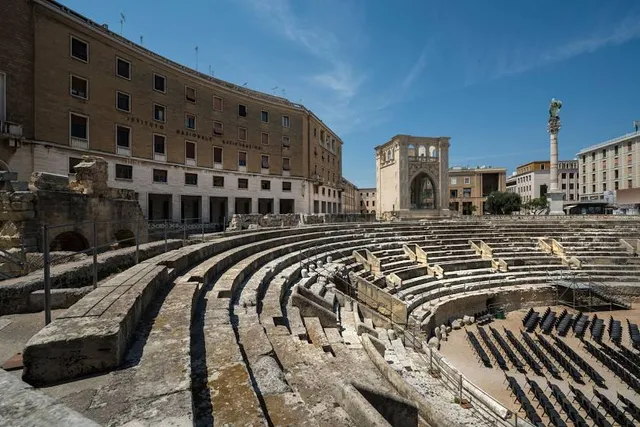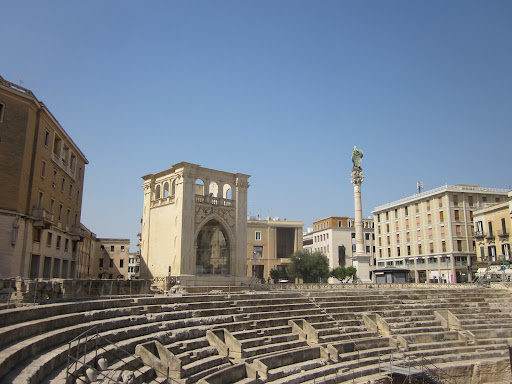Roman Amphitheater things to do, attractions, restaurants, events info and trip planning
Basic Info
Roman Amphitheater
Piazza Sant'Oronzo, 73100 Lecce LE, Italy
4.6(2.8K)
Open 24 hours
Save
spot
spot
Ratings & Description
Info
Roman amphitheatres are theatres — large, circular or oval open-air venues with raised seating — built by the ancient Romans. They were used for events such as gladiator combats, venationes and executions. About 230 Roman amphitheatres have been found across the area of the Roman Empire.
Cultural
Outdoor
Family friendly
attractions: Castello Carlo V, Basilica di Santa Croce, Teatro Politeama Greco, Church of Santa Chiara, Church of Saint Mary of Grace, Palazzo del Seggio o Sedile, Roman Theater, Gate of Saint Blaise, MUST | Museo Storico della Città di Lecce, Museo Faggiano, restaurants: BonaSciana Caffè & Cucina, Vesuvio - La Bufala by Napoli 44, Pescheria Con Cottura, Tranquillo, Alex, Antica pizzeria da Michele, Dall'antiquario, Tabisca "il Vico dei Tagliati", Alibi Creative Club, Mamangi - Lecce
 Learn more insights from Wanderboat AI.
Learn more insights from Wanderboat AI.Website
musei.puglia.beniculturali.it
Plan your stay

Pet-friendly Hotels in Lecce
Find a cozy hotel nearby and make it a full experience.

Affordable Hotels in Lecce
Find a cozy hotel nearby and make it a full experience.

The Coolest Hotels You Haven't Heard Of (Yet)
Find a cozy hotel nearby and make it a full experience.

Trending Stays Worth the Hype in Lecce
Find a cozy hotel nearby and make it a full experience.
Reviews
Nearby attractions of Roman Amphitheater
Castello Carlo V
Basilica di Santa Croce
Teatro Politeama Greco
Church of Santa Chiara
Church of Saint Mary of Grace
Palazzo del Seggio o Sedile
Roman Theater
Gate of Saint Blaise
MUST | Museo Storico della Città di Lecce
Museo Faggiano
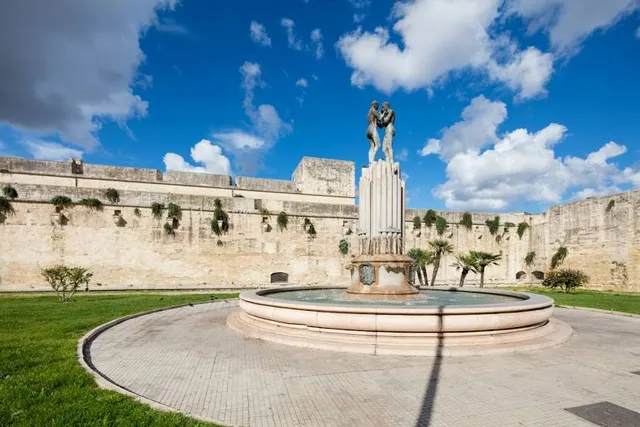
Castello Carlo V
4.3
(2.5K)
Open 24 hours
Click for details

Basilica di Santa Croce
4.7
(3.7K)
Open 24 hours
Click for details
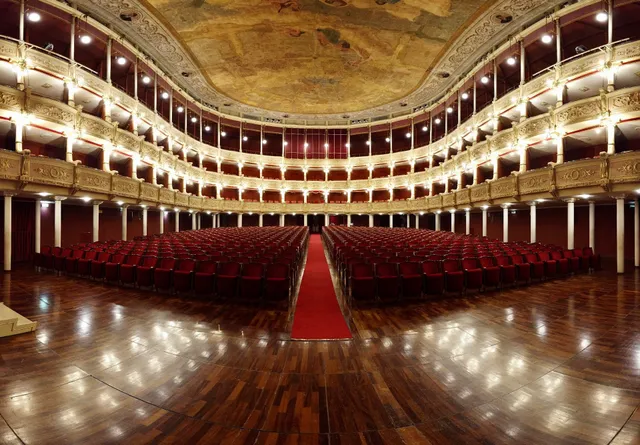
Teatro Politeama Greco
4.6
(565)
Open 24 hours
Click for details
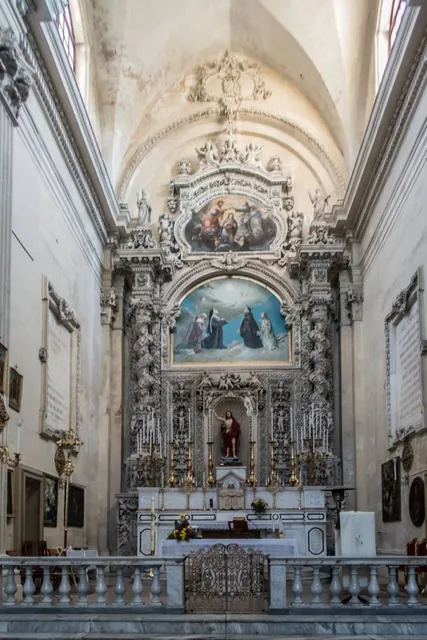
Church of Santa Chiara
4.6
(443)
Open 24 hours
Click for details
Things to do nearby
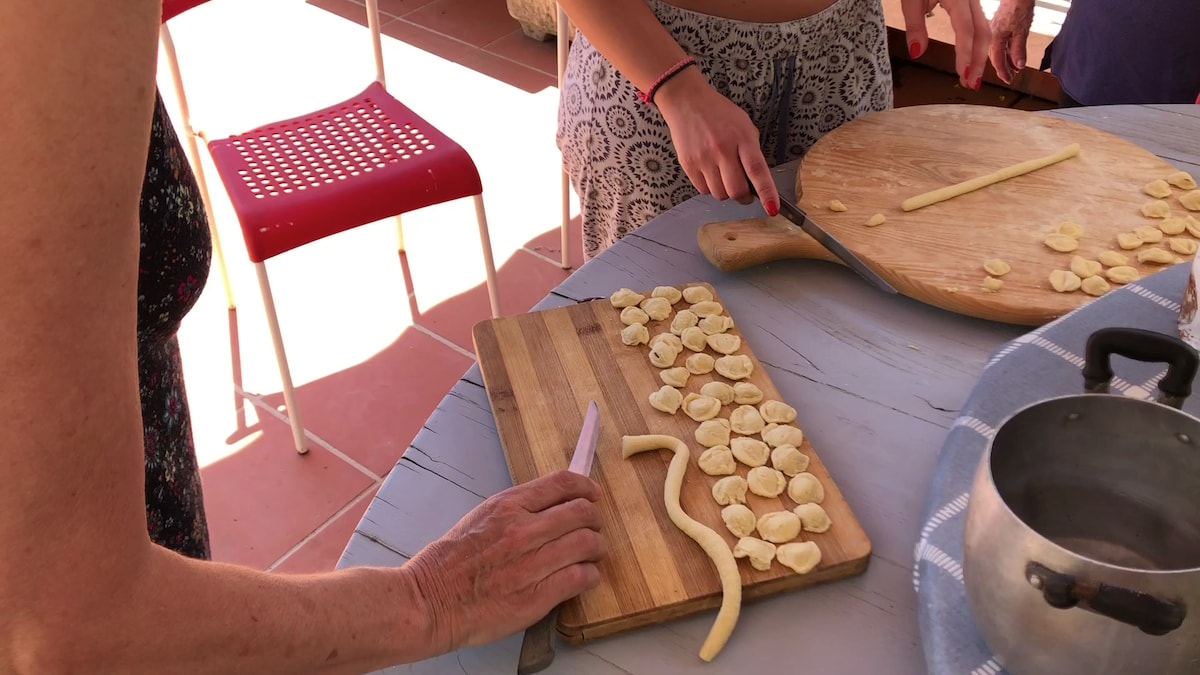
Make orecchiette in Salento
Thu, Jan 1 • 5:00 PM
73100, Lecce, Apulia, Italy
View details
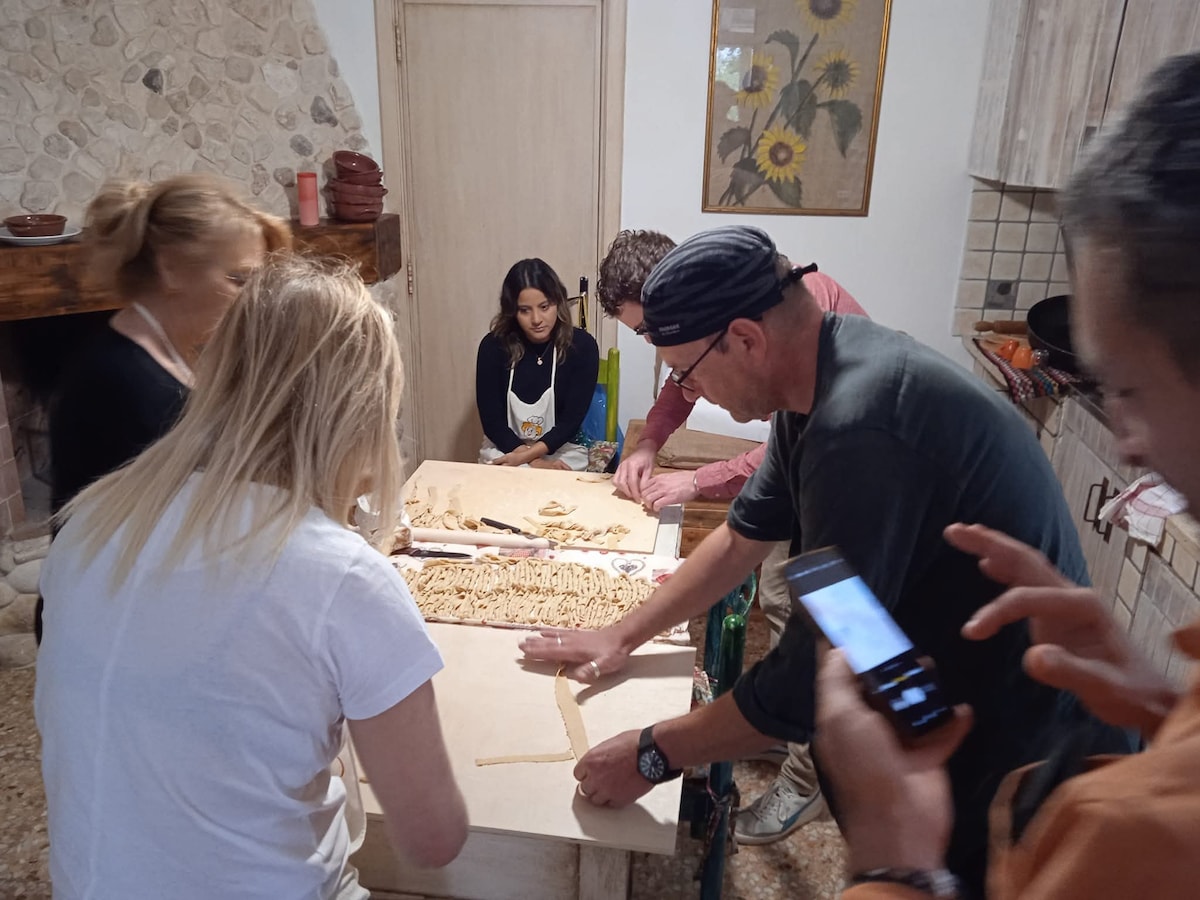
Make homemade pasta with Katia
Thu, Jan 1 • 12:00 PM
73010, Surbo, Apulia, Italy
View details
Nearby restaurants of Roman Amphitheater
BonaSciana Caffè & Cucina
Vesuvio - La Bufala by Napoli 44
Pescheria Con Cottura
Tranquillo
Alex
Antica pizzeria da Michele
Dall'antiquario
Tabisca "il Vico dei Tagliati"
Alibi Creative Club
Mamangi - Lecce
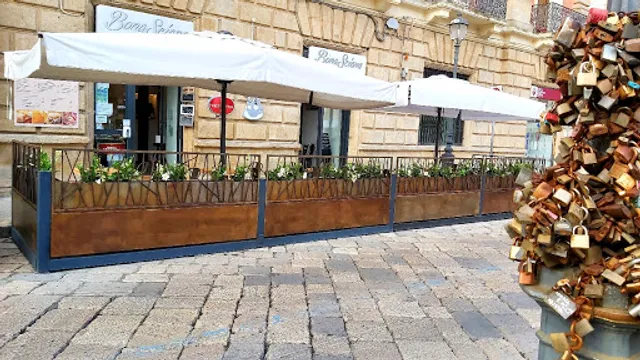
BonaSciana Caffè & Cucina
4.7
(774)
Click for details
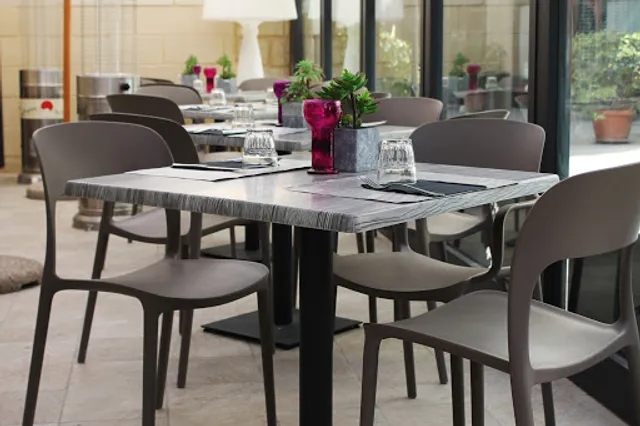
Vesuvio - La Bufala by Napoli 44
4.0
(677)
Click for details
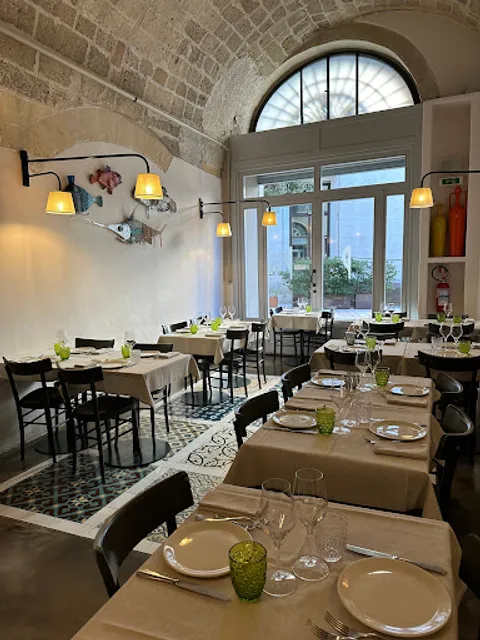
Pescheria Con Cottura
4.3
(686)
Click for details
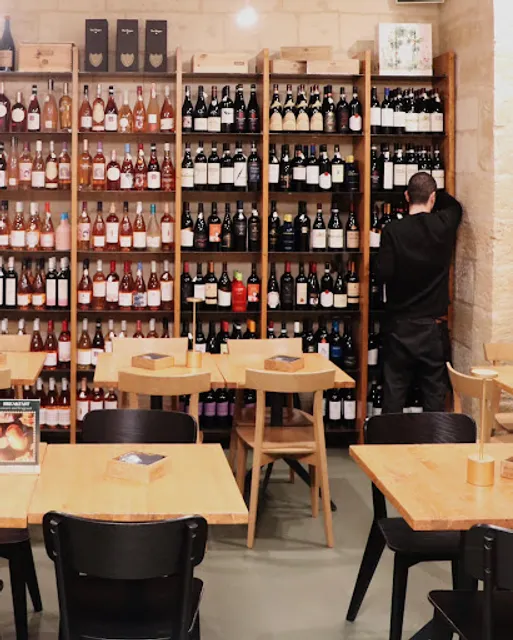
Tranquillo
4.5
(310)
Click for details
